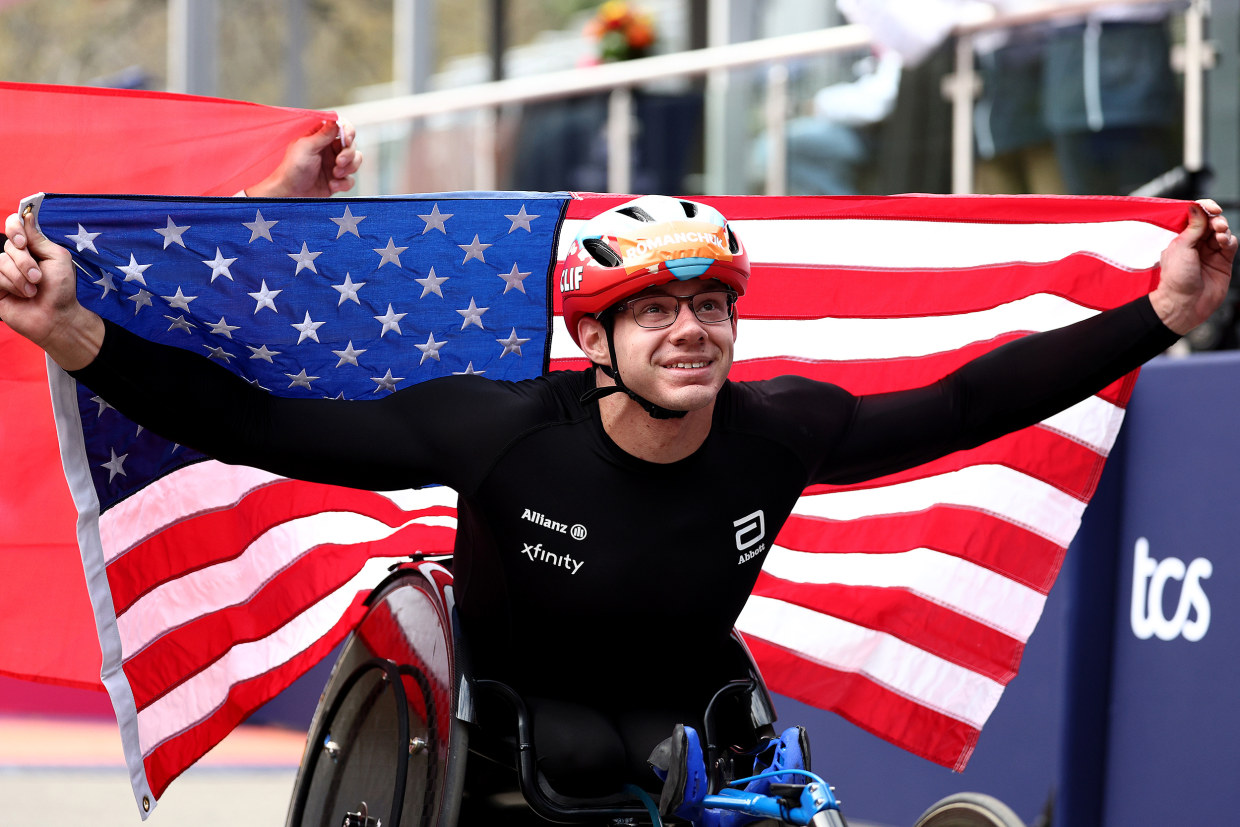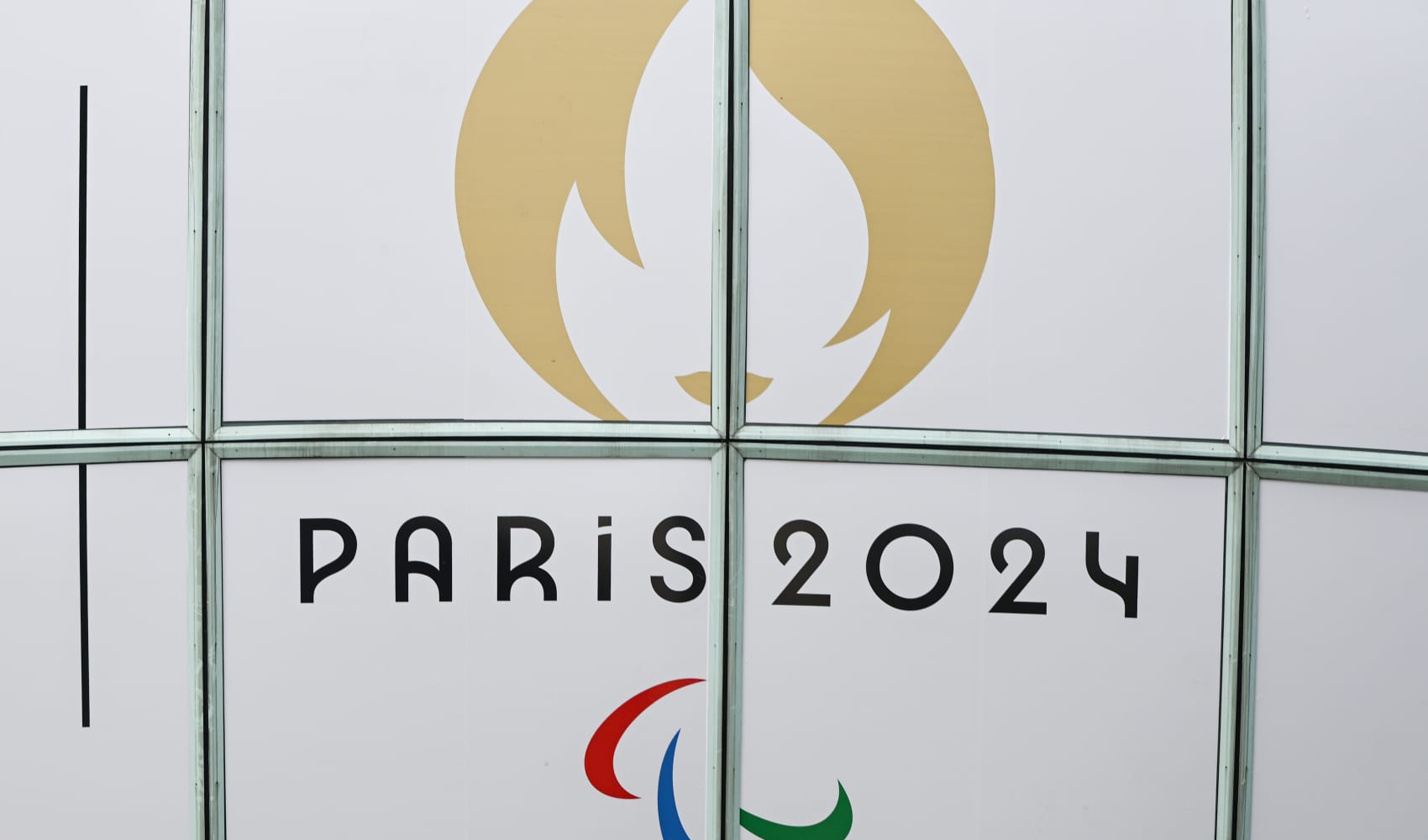Paralympic wheelchair racer Daniel Romanchuk chases his dreams at any distance, long or short, and on every possible surface, road or track.
Just like the 11,000 athletes who descended on Paris for the Olympic Games this summer, Romanchuk has trained for this moment his entire life.
He just hopes the world will tune in.
“It can be just as exciting as the Olympics to watch,” Romanchuk said of the Paralympic Games. “We’re both elite athletes, and we both have the same goal. We might just reach that goal in a slightly different way. I have a racing chair, you know, instead of running.”
Romanchuk, 26, was born with spina bifida, a birth defect that affects the spine. As a child growing up in Maryland, he participated in an adaptive sports program for children with disabilities called Bennett Blazers, whose motto was: "Teach someone they can before someone tells them they can't."
The mantra has served him well.
In 2021, he won Paralympic gold in the 400-meter T54 race in Tokyo after he become the first American and the youngest athlete ever to win the men’s wheelchair race at the New York City Marathon in 2018.
The Paris Games will be Romanchuk's third Paralympic experience, and he is poised to compete in five events: the 400-, 800-, 1500- and 5000-meter races, as well as the marathon.
He described his sport as "very technique-driven" and identified some common misconceptions about how his racing equipment works.
Feeling out of the loop? We'll catch you up on the Chicago news you need to know. Sign up for the weekly Chicago Catch-Up newsletter.
"It kind of looks like it's the equivalent of cycling, but it's actually not, because we don't actually have any gears," Romanchuk said.
Racing wheelchairs have one wheel in front and two wheels in the back. Athletes propel themselves by pushing the back wheels by hand.
While building upper body strength is necessary to exert adequate force on the push ring, Romanchuk's rigorous training regime involves fostering an intentional balance between flexibility and muscle mass.
"You might think that we're really trying to have a lot of muscle and put as much force as possible into the hand ring, which is not necessarily true," he said. "We really want to maintain our flexibility, not build up too much muscle and impair flexibility."

He trains multiple times a day, six days a week, at the University of Illinois, which is renowned for its wheelchair sports programs and has sent 148 athletes to the Paralympics since 1960.
Romanchuk credits his community there with keeping him motivated to return to another Paralympics.
"We all push each other," he said. "That's really been an important thing in kind of staying in the sport and getting to where I am today."
He will be away from home for several weeks and plans to stay in the Village in Paris alongside 8,000 other Paralympians.
Romanchuk competes in so many events that he rarely has time to mingle, but he hopes to soak in the “amazing opportunity” to surround himself with athletes from around the world.
In terms of his Paris goals, he prefers to frame them as “hopes.”
“I would maybe not quite classify them as goals,” Romanchuk said. “Although they kind of are goals. I would say that maybe the hope for Paris is always to bring home medals.”
When he won gold in Tokyo, he wore a mask on the podium, and his community cheered from home. In Paris, he looks forward to full stadiums and familiar faces in the stands.
While Romanchuk is accustomed to representing the U.S. at major marathons, he said the Paralympics hold a particular mystique.
"The Games are a bit different," he said. "You're wearing the USA jersey, and the whole surroundings are special, as well. ... I'm really looking forward to going back."
The Paralympic Games air Aug. 28-Sept. 8 on NBC and Peacock.
This story first appeared on NBCNews.com. More from NBC News:




